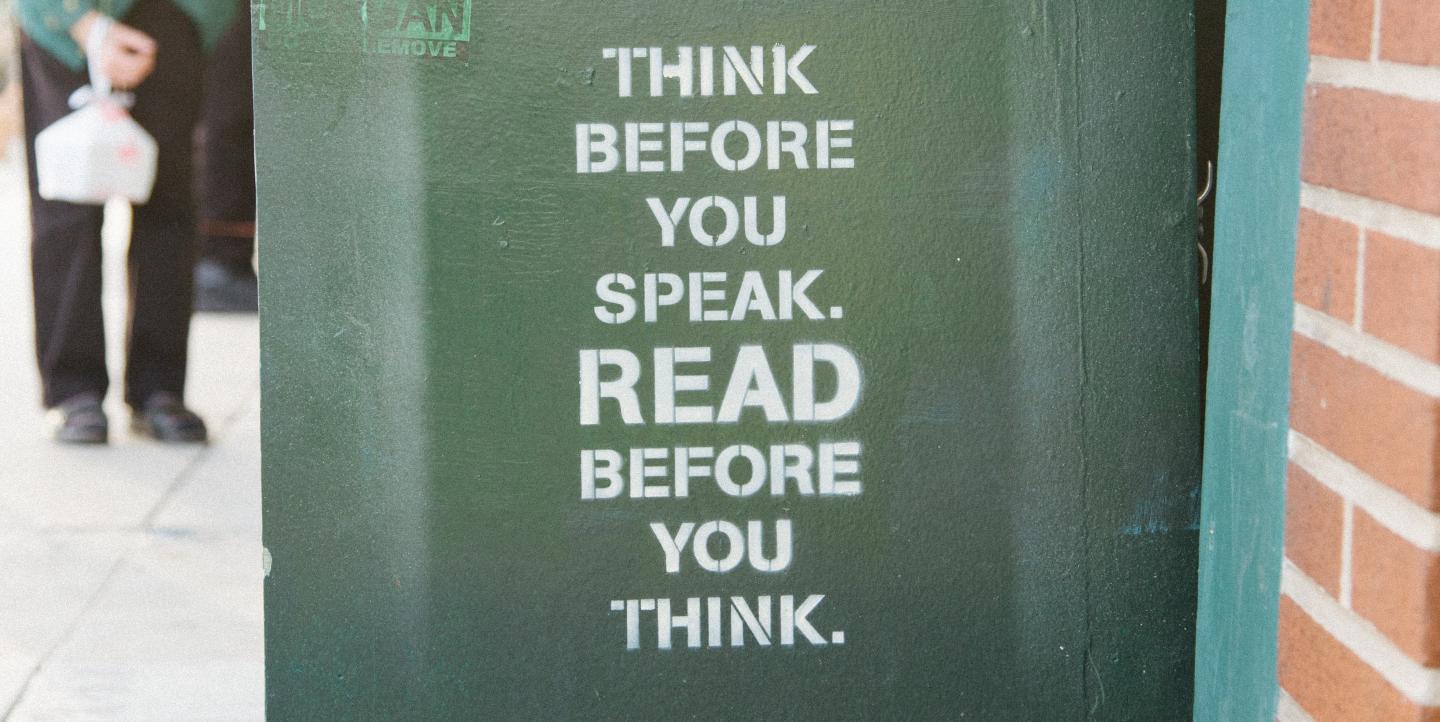News stories require hundreds of decisions about language, framing, and terminology as they’re reported, written, edited, and packaged. Choose incorrectly and a newsroom risks getting the story wrong, alienating readers and sources, and a reception that dwells on word choice rather than any of the story’s reporting.
“Language, Please,” a new resource from Vox Media, thinks it can help. Using funding from Google News Initiative, the project brought together a long list of news leaders to write a style guide with more than 275 entries — including ones for “crisis pregnancy center,” “opportunity gap,” and “DREAMer” — containing detailed definitions, notes on usage, and additional resources. (Vox did not disclose the Google grant’s exact amount.)
From the site’s mission statement:
You might be a copy editor looking for a deeper history of a sensitive word; a writer rethinking who your beat is serving; or a manager trying to make a tough call on deadline. The challenge is the same: Language is ever-evolving, and the words we choose to use can have lasting, consequential outcomes.
At a time of changing standards, our aim is to provide the greater context of these debates, dig into some history you might not have known about a term, connect related terms, and inform thoughtful decision-making.
The site also features an interactive edit test, tips for improving diversity in news coverage, and a directory of inclusivity readers. (Vox does not vet the readers.)
“Our goal was really inspired by two interconnected ideas,” said Christopher Clermont, Vox Media’s head of diversity, equity, and inclusion. “One was that we wanted to build a tool that could help newsrooms better cover social, cultural, and identity-related topics. The other was to fulfill a major human resource need of not relying on marginalized individuals in our newsrooms for this work.”
Clermont said in the aftermath of George Floyd’s murder, journalists were individually reaching out for help to improve their stories and double check their phrasing. It was encouraging, Clermont noted, but also completely unsustainable in the long term.
“When news breaks, newsrooms are left trying to scramble and figure out how to create standards around complex sensitive topics,” he said. “That was really the premise around ‘Language, Please’ — a free, living resource for journalists and storytellers who are seeking to thoughtfully cover these stories.”
The creators of “Language, Please” emphasized the living aspect of the guidance in interviews. They noted “Language, Please” will continue to evolve and that their advisory board members (who are paid a stipend) committed to updating the guidance to reflect changing standards and thoughtful debates for the next year. You can see some of the work in progress; entries like “opioid epidemic,” “disfigurement,” and the bone growth disorder “achondroplasia” are still “coming soon.”
Tanya Pai, the style and standards editor at Vox, helped steer the project’s editorial elements. She said they started with newsroom research, putting out a call for questions about language and asking journalists and editors what they wanted to know.
“Some folks said, ‘I just want to know the ‘right’ word to use’ and then some people really wanted to understand the nuance of these debates. They wanted the bigger context. Why is this terminology changing?” Pai said. “When we started pulling together this guidance, we really wanted to lean into the why of it. We don’t just want to say, here’s the rule. There’s so much nuance in it, and we really wanted to create a resource that would get into that context and give people the tools they need to make the decisions for themselves and their newsrooms and their audiences.”
Unlike, say, some AP Style Book entries, “Language, Please” has structured their entries so that the takeaways come later in the page — after the larger context and history — and includes links to outside reading for deeper dives. Several entries recommend certain phrasing but still point out that there’s no universally-accepted answer.
In fact, much of the advice and guidance in “Language, Please” comes down to this: Be thoughtful. Challenge received wisdom and wording. Ask people about their preferences.
“We really focused on trying to write this in a way that leaves space for those debates,” Pai said. “The debate over Latinx, for instance — a lot of newsrooms will use that right now, but it does not necessarily resonate with everyone that it’s supposed to describe. We wanted to make that clear. Maybe it’s your style is to use Latinx, but there’s not going to be 100% agreement on it.”
How about a couple of excerpts to give you a sense for the guidance? In the “Me Too / #MeToo” entry:
While it can be commonplace in everyday conversation for people to use the term as a verb or in passive voice (e.g. “Person X was MeToo’ed,” “Person Y Shelly MeToo’ed Mr./Mrs. Person X”), this kind of phrasing leaves out context and specifics. The passive construction can also be read as positioning the abuser as the victim.
Look up “pronouns” and find this tip:
Saying someone “uses she/they pronouns” (vs. “prefers she/they pronouns”) affirms that a person’s pronouns and gender identity are not a choice but a deeply felt part of their identity.
Under an entry about “sufferers,” the guidance cautions against knee-jerk commiserations while interviewing a source living with an illness or disability:
It might feel normal to say “I’m sorry to hear that” when a person discloses a disability or illness. However, such a reaction may carry an assumption about how “bad” their current experience is. Use your judgment: If a person describes themselves or their experiences in neutral terms (“I have a chronic illness,” “I’ve had a disability for a few years”), it may not be appropriate to express sympathy.
The rest of “Language, Please” is available here.
This article was originally published on Nieman Lab and republished here with permission.
Photo by Kyle Glenn on Unsplash.

